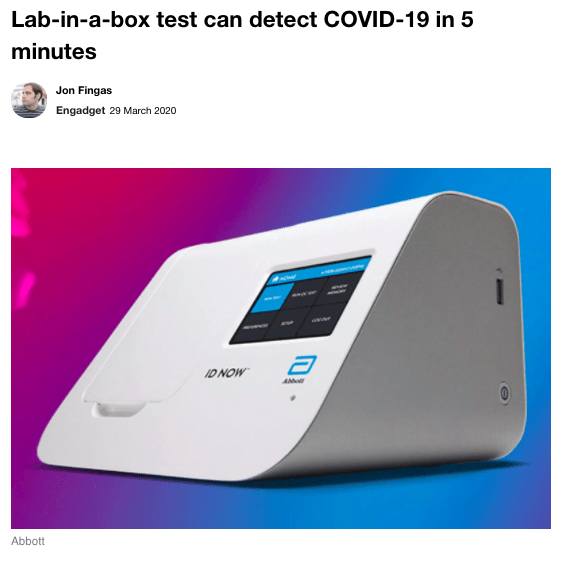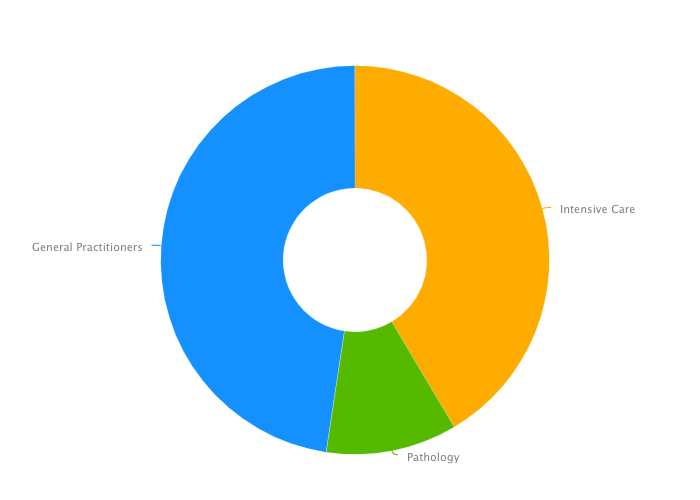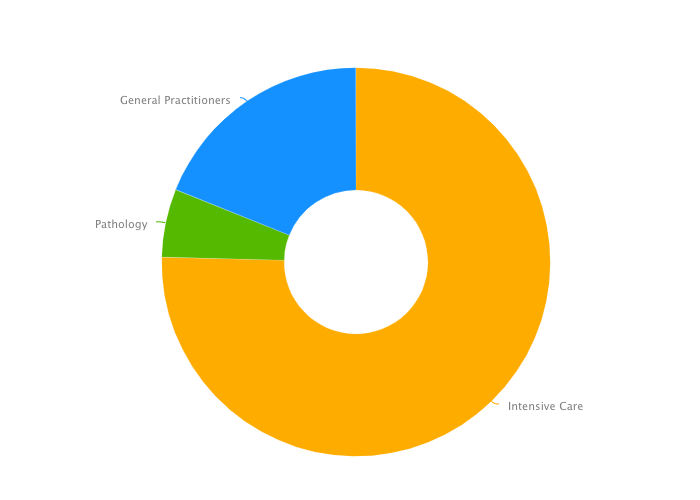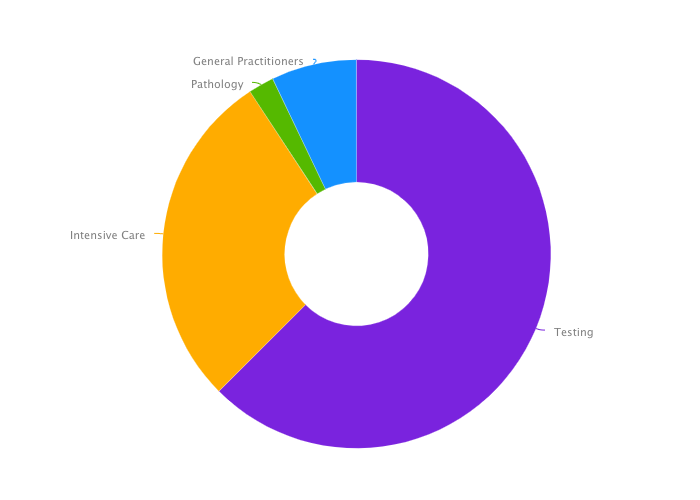
We used our media monitoring software, Meltwater, to analyse the recent print or online news articles which mention ‘intensive care, ‘general practice’, ‘pathology’. We chose to look at the keyword ‘pathology’ because it has been more frequently reported on in the context of articles explaining diagnosis of COVID-19. So, has ‘pathology’ really caught up with the more commonly used keywords ‘intensive care’ and ‘general practice’?
The below graph represents the share of voice. It shows which topics have the biggest share of mentions in the ‘media pie’.

Let’s compare the share of voice for these three keywords this time last year, in 2019. In this donut, ‘pathology’ features in fewer news stories more frequently than now. It secured 11% of the share of voice. It is interesting to note that ‘general practice’ outperformed ‘intensive care’. Probably because intensive care was not on everyone’s minds at the time.

Having worked with journalists and reporters for a number of years, we know that it is important to keep the vocabulary simple to communicate with the public better. The news story needs to be clear to layperson, so sometimes the healthcare and diagnostics terminology is simplified. We therefore analysed the keyword ‘testing’ as it could replace ‘pathology’ in some articles. Indeed, ‘testing’ is the hot topic of the moment, with 65% of all print and online articles mentioning this keyword.

When writing news stories to showcase your brand, product, or your role in the battle against COVID-19, think of catchy one-liners or phrases that will captivate the reporter’s attention when the pitch lands in their inbox. It is essential to ensure the cut-through your story deserves.
In a time where people are talking about testing more than ever, what can you do to bring attention to this vital sector of healthcare?
Sign up to our weekly analyses and healthcare industry articles by getting in touch at: [email protected]